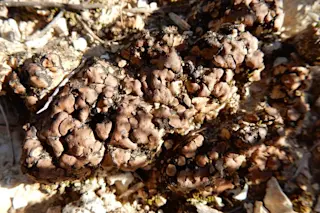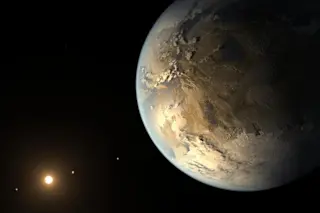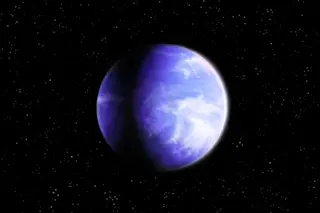While self-aware humans have long wondered whether Earth is the only place like itself, we — and our technology — are finally advanced enough to answer that question. And with that power, astronomy’s quest du jour is to find habitable (and potentially inhabited) Earth-esque planets. To discover biology from afar, scientists peer into planets’ atmospheres in search of evidence that something on their surfaces breathes and metabolizes. But planets are small (cosmically speaking) and far away, and their stars outshine them. Because of that latter problem, astrobiologists currently favor focusing on worlds orbiting small, dim red dwarf stars. Their meager light still nearly blinds us to their planets’ atmospheres, but visibility is better than it would be near a star like the sun. But it’s not just the star that matters – it’s the other planets too. Astronomers have generally been looking for solar systems like ours, the only inhabited ...
How Astronomers Will Find Earth 2.0
Discover the quest for habitable Earth-esque planets orbiting red dwarf stars, and what makes them potential hosts for life.
More on Discover
Stay Curious
SubscribeTo The Magazine
Save up to 40% off the cover price when you subscribe to Discover magazine.
Subscribe












